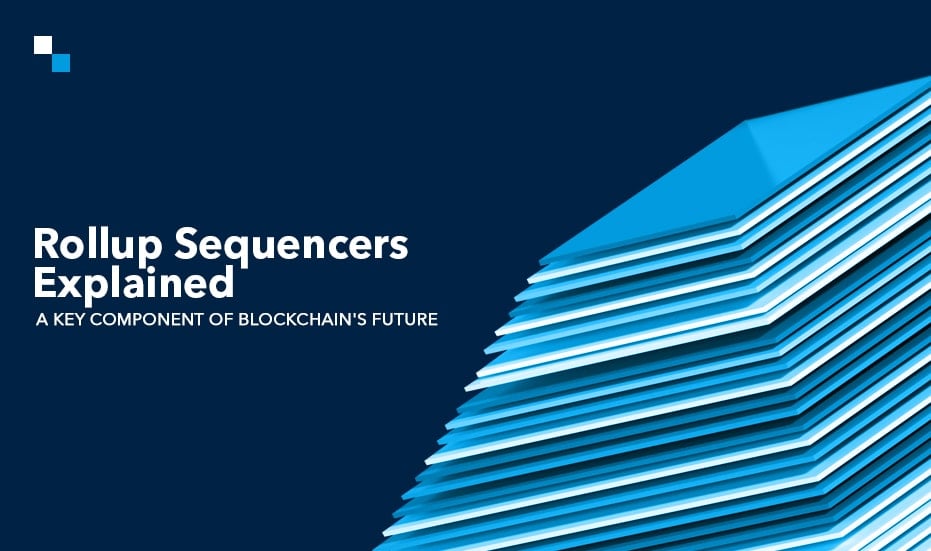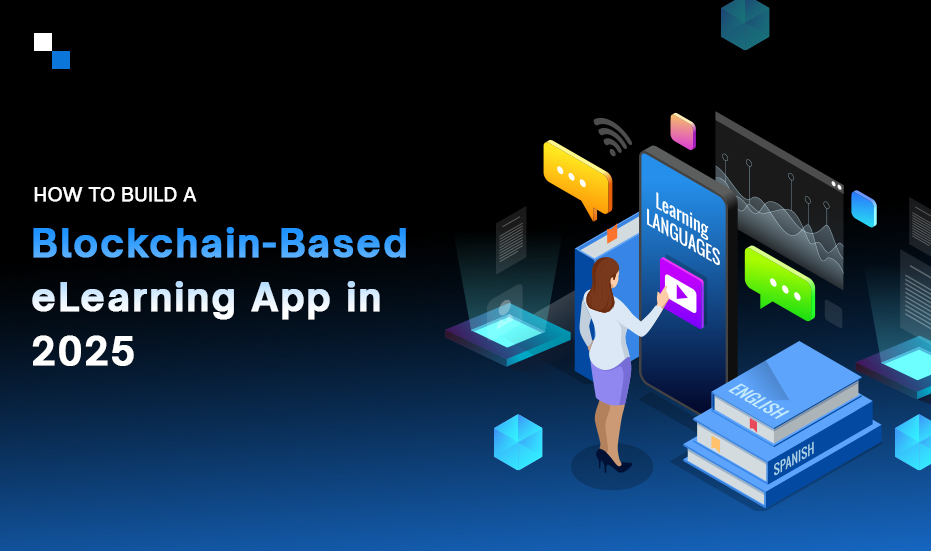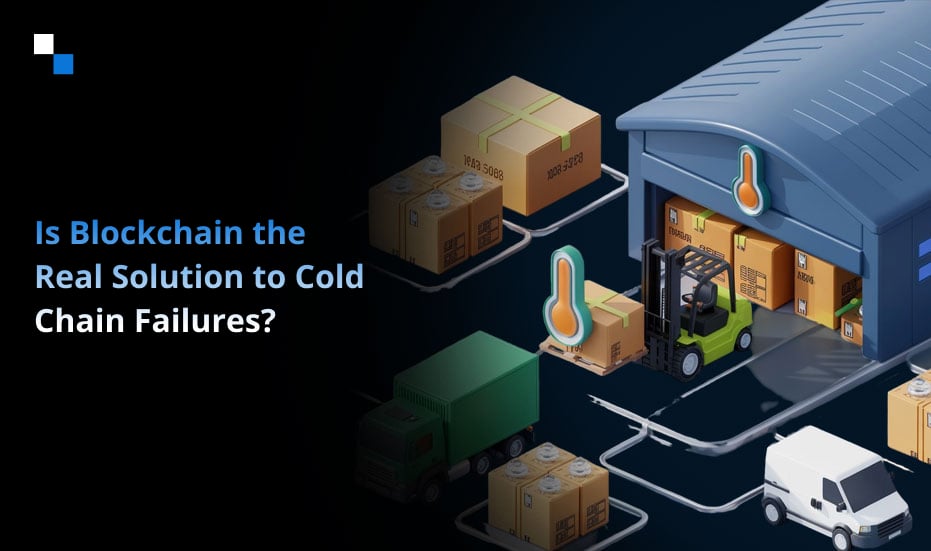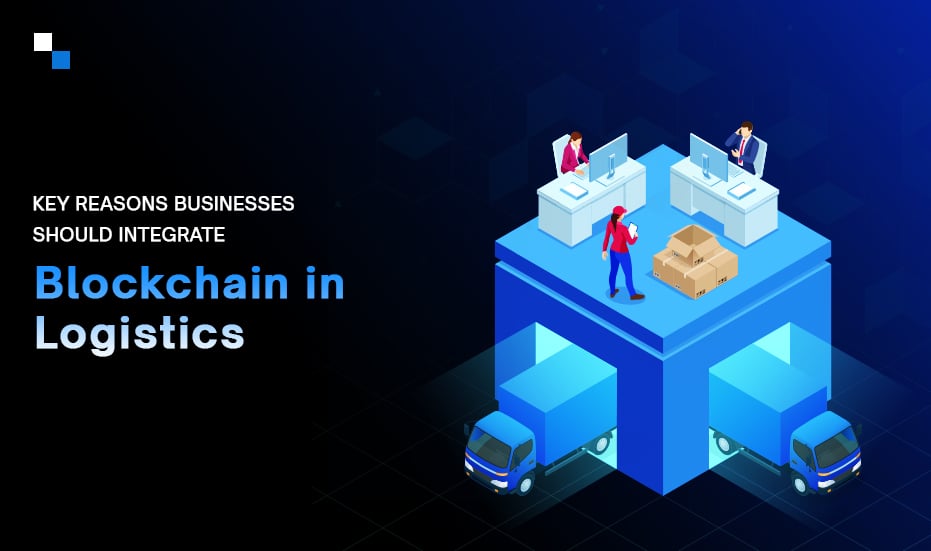Rollup sequencers play a strategic role in the rapidly advancing landscape of blockchain scalability, especially in the context of layer 2 solutions. Sequencers address one of the most pressing issues in blockchain today, making transactions faster and more cost-efficient. Whether you’re a developer building dApps or a blockchain enthusiast looking to understand the infrastructure behind rollup technologies, grasping the concept of rollup sequencers is key to understanding the future of decentralized networks.
In this blog, we will break down the concept of rollup sequencers, while also exploring their potential impact on blockchain scalability.
Introduction to Rollups
Rollups are layer 2 scaling solutions designed to improve the speed and efficiency of Layer 1 blockchains, like Ethereum, by processing transactions off-chain and posting the results on-chain. This approach reduces the burden on the main blockchain, which further enhances its throughput and reduces gas fees.
There are two primary types of rollups:
- Optimistic Rollups– These rollups assume that transactions are valid by default but allow challenges to occur if fraud is suspected.
- Zero-Knowledge Rollups (ZK-Rollups)- These rollups utilize cryptographic proofs (specifically, zero-knowledge proofs) for transaction validation without revealing sensitive data.
What is Rollup Sequencers?
In this setup, a sequencer is a crucial entity responsible for managing the order and timing of transactions within rollups. Sequencers efficiently organize transactions, which helps ensure that the roll-up operates smoothly, quickly, and cost-effectively.
Why Are Sequencers Needed in Rollups?
One of the limitations of layer 1 blockchain is transaction congestion, which results in delays and high transaction fees. In order to address this issue, layer 2 scaling solutions like rollups are introduced, which bundle the transactions and submit them in batches, reducing the burden on the main blockchain. This innovation addresses the layer 1 concern to a great extent. However, the security and integrity of these off-chain transactions were also a matter of concern. In such a case, rollups need a well-organized system for ordering, processing, and finalizing the transactions and this is when sequencers come in.
Without sequencers, rollups would lack the structure required to efficiently handle the high volume of transactions expected in layer 2 environments. This is the reason why, sequencers are considered the backbone of rollup infrastructure as they help coordinate transaction flow and enable seamless communication with the layer 1 blockchain.
Role of Sequencers in Different Rollup Architectures
The role of sequencers can vary depending on the type of rollup in use. Let’s take a closer look at how sequencers function in Optimistic and ZK-Rollups.
- Sequencers in Optimistic Rollups
When it comes to Optimistic Rollups, the sequencers serve as a central entity that orders transactions and bundles them together before submitting them to the main chain or L1 chain. As we have already discussed optimistic rollups assume that all transactions are valid by default, sequencers eliminate this expensive validation. It directly submits the transaction to the L1 chain, where they are considered valid.
- Sequencers in ZK-Rollups
On the other hand, in ZK-Rollups, the role of the sequencer is quite different because of the reliance on zero-knowledge proofs. In this case, sequencers are still responsible for transaction ordering, but they also generate and submit the proof that validates the adequacy of the transactions. ZK-Rollups are generally considered more secure than Optimistic Rollups because of the cryptographic proofs, but they also present more complex challenges for sequencers, especially in terms of computation and efficiency.

Key Benefits of Rollup Sequencers
Rollup sequencers introduce a number of benefits to blockchain networks. Some of them we have listed below to provide better clarity of how this unique approach can benefit the rollups in several ways:
- Increased Transaction Speed
Layer 2 sequencers, especially rollup sequencers handle transaction ordering and processing off-chain, which plays a crucial role in increasing the transaction speed for rollup-based systems, making them faster and more efficient than traditional layer 1 networks.
- Lower Gas Fees
As we have already discussed rollups batch transactions and submit them to the main chain in one go. In this way, the total gas fees paid by users are also reduced, as only one batch requires validation instead of individual transactions.
- Enhanced Security
Sequencers maintain data integrity and transparency by periodically submitting proofs to the primary chain or L1 chain. This security setup safeguards users from fraudulent activity and ensures the rollup operates under decentralized principles.
- Improved Scalability
With sequencers managing high transaction volumes efficiently, rollups can handle a much larger user base without the scalability issues that typically affect Layer 1 networks.
Conclusion
There is no second thought over the fact that rollup sequencers are foundational to the success of layer 2 rollup solutions. By organizing transactions and interfacing with layer 1, they help ensure that rollups provide a seamless experience for users and developers. With the growing advancement in the blockchain ecosystem, the evolution of rollup sequencers will be instrumental in making blockchain technology accessible to a broader audience while preserving its decentralization and security principles. If you’re looking to leverage rollup sequencers for your project, connect with Antier – a trusted blockchain development company with years of experience in executing complex layer 1 and layer 2 scaling solutions. Our deep expertise in layer 2 scaling technologies will help you achieve your goals with greater speed and efficiency.





